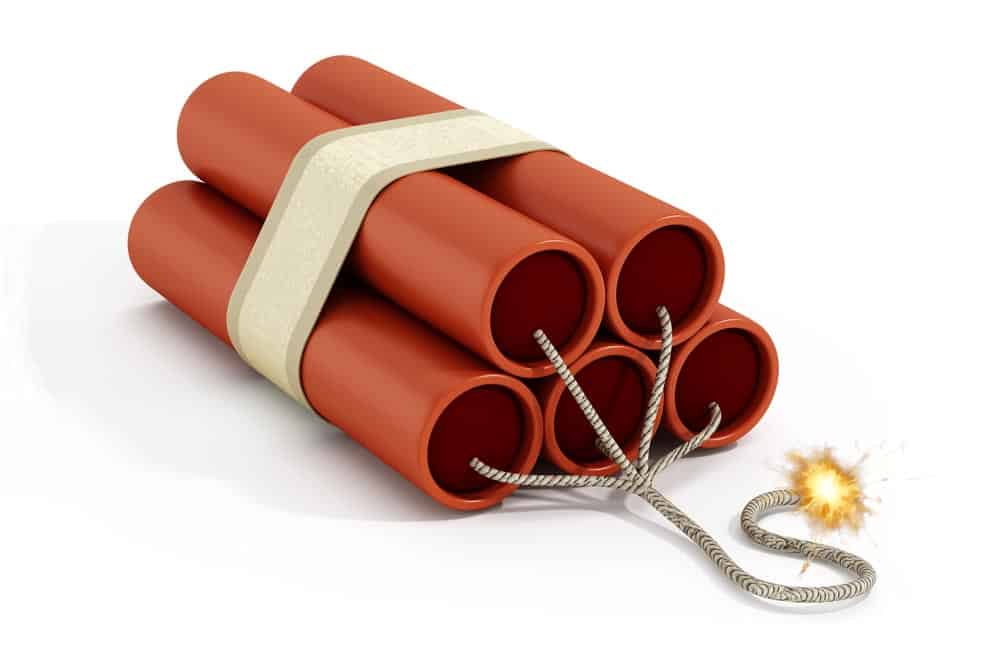Blasting Techniques in Underground Gold Mines
Safety and Efficiency in Gold Mining
Overview of the Blasting Process
Blasting is a crucial operation in underground gold mining, enabling the extraction of ore from hard rock formations. The process involves drilling holes, loading them with explosives, and detonating the charge to fracture the rock. This fractured rock is then removed for processing. Efficient blasting is essential for optimizing gold production and minimizing costs.
Key Stages:
- Drilling
- Charging
- Firing
- Ventilation
- Mucking
The blasting cycle starts with drilling a pattern of holes in the rock face. These holes are then charged with explosives and stemming material. The explosives are fired, creating a controlled explosion to break the rock. After the blast, proper ventilation is crucial to remove hazardous gases. Finally, the broken rock, known as muck, is mucked or removed for further processing.
Safety Considerations
Safety is paramount in blasting operations. Strict adherence to safety protocols is crucial to prevent accidents and injuries. Some critical safety considerations include:
Training: Comprehensive training for all personnel involved in blasting operations.
Permitting: Obtaining necessary permits and approvals before blasting.
Communication: Clear communication protocols during blasting activities.
Emergency Plans: Established emergency response plans and evacuation procedures.
Blast Area Security: Securing the blast area to prevent unauthorized access.
PPE: Proper use of personal protective equipment (PPE), including hard hats, safety
glasses, and hearing protection.
Misfire Procedures: Protocols for handling misfires and unexploded ordnance.
Gas Monitoring: Continuous monitoring for hazardous gases after blasting.
Equipment Used
Various types of equipment are employed in underground gold mine blasting, including:
Drills: Percussive, rotary, handheld and hydraulic drills
Explosives: ANFO and emulsion explosives
Blasting Machines: Electronic and conventional blasting machines
Ventilation Systems: Natural opennings, fans and ductwork for gas removal
The choice of equipment depends on factors such as the rock type, mine layout, and production requirements. Drills create the blastholes, and various types are used depending on the rock hardness. Explosives are selected based on their energy output and safety characteristics. Blasting machines initiate the detonation, and Ventilation
systems play a crucial role in maintaining a safe working environment by removing noxious fumes post-blast.
Best Practices for Efficient and Safe Blasting
To optimize blasting operations and ensure safety, the following best practices should be implemented:
Blast Design: Proper blast design, including hole pattern, burden, and spacing, to achieve optimal fragmentation.
Explosives Selection: Choosing the right type and amount of explosives for the rock conditions.
Stemming: Effective stemming techniques to contain the explosive force and reduce
flyrock.
Timing: Precise timing of detonations to enhance fragmentation and reduce ground vibrations.
Ground Vibration Monitoring: Monitoring ground vibrations to minimize damage to underground structures.
Misfire Management: Having clear procedures for dealing with misfires, including safe waiting periods and re-drilling techniques.
Record Keeping: Maintaining detailed records of all blasting operations, including
blast designs, explosive usage, and safety incidents.
Continuous Improvement: Regularly reviewing and improving blasting practices based on performance data and safety feedback
Summary
Underground gold mine blasting demands a meticulous approach that balances productivity with safety. By understanding the blasting process, adhering to safety protocols, utilizing appropriate equipment, and implementing best practices, mining operations can ensure efficient and safe extraction of gold ore.
Article By: BORIS LORIS

